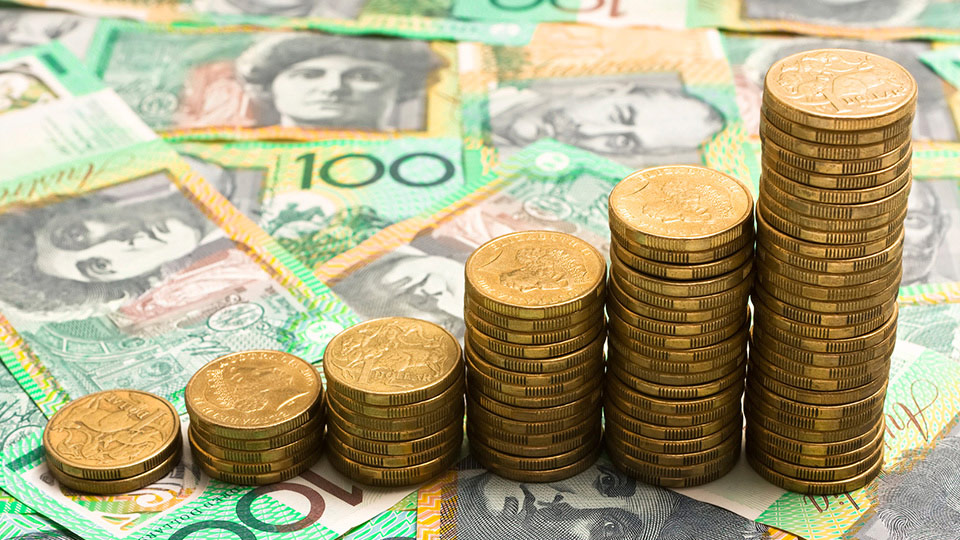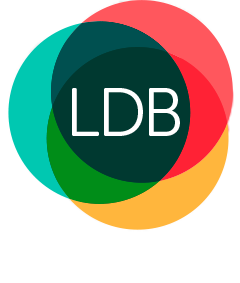Understanding the difference between cash flow and profit
November 25, 2016

As a business owner, it is imperative to be aware of the difference between your profit and your cash flow. Both are important measures of how your business is performing.
While profit and cash flow are closely related they are very different measures of your business.
Here, we outline how profit and cash flow will affect your business.
Cash flow
Cash flow is the difference between the actual cash you receive and the actual cash used in the process of doing business. It is based on when the money has actually moved in and out of the business.
Profit
Profit is the revenue from the sale of products or services, minus your expenses.
Profit indicates whether a business is earning income (making more than it is spending), even if the cash hasn’t actually moved in or out of the business.
For this reason, businesses should not rely on their profit and loss statement to assess their cash flow position. The profit and loss statement may indicate if a business is making a fortune, but leave owners wondering where all the cash is.
A business can also incur non-cash expenses such as depreciation, which reduces the profit without affecting the cash flow of the business. Conversely, investment in business assets, such as plant and equipment or motor vehicles, will decrease the cash available to the business, however, will not immediately affect profit.
Accounting considerations
There are two types of accounting methods: accrual-basis accounting and cash-basis accounting. Accrual-basis accounting tracks transactions, so sales, expenses and profits are recorded when the transaction is made, not when the cash is transferred.
Accounting on a cash basis means revenues and expenses are recorded when the cash is actually exchanged.
Why cash flow is king
Without cash flow, a business may be unable to pay its bills.
Profitable businesses can suffer from poor cash flow, and can even go bankrupt from cash flow problems. For example, if a business needs equipment in February but won’t be paid until June and cannot get a loan, they may go out of business.
A company can also have a great cash flow, but not be profitable.
In the long-run, you must either become profitable or find investors to provide cash to make up for your losses.
What businesses can do
Where possible, collect payments sooner rather than later, pay suppliers slower (but on time) and cut costs where possible. Most importantly, invest in a good accountant and business advisor who can help you remain financially on track.
A firm you can trust
At LDB, we provide expert advice about how to ensure your cash flow remains steady and your business profitable. If you’d like to know more about cash flow and profit in your business, call us on (03) 9875 2900 or fill in the contact form below.
